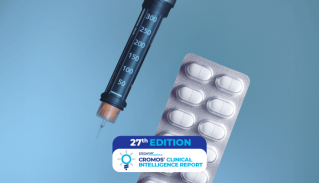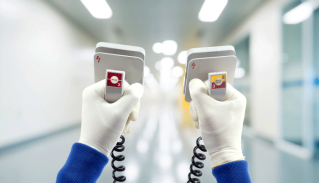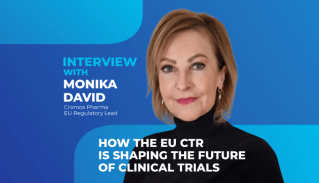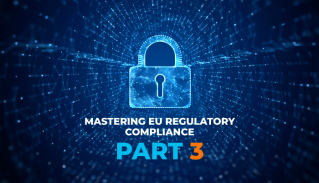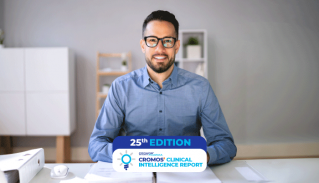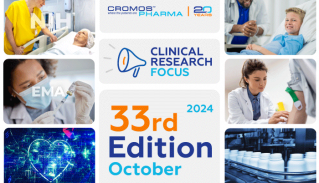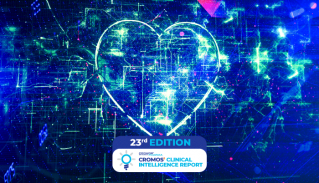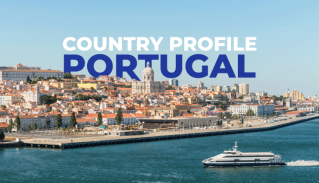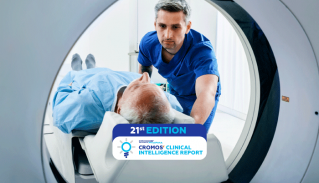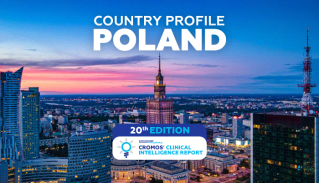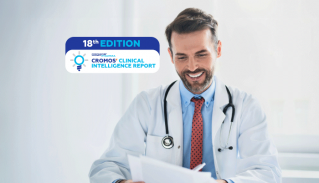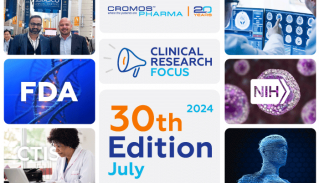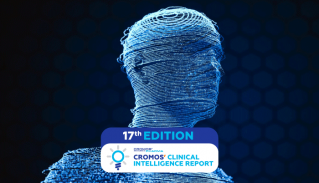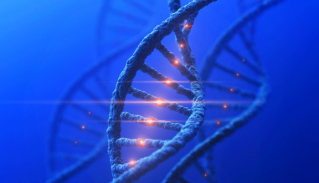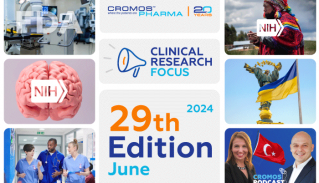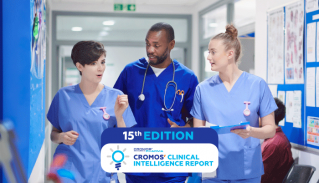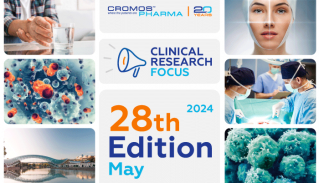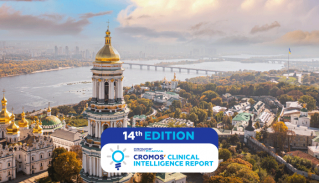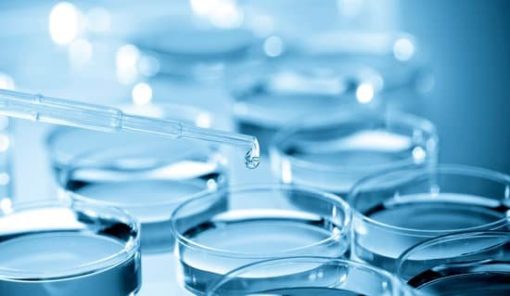
Unlocking the potential of biosimilars with Cromos Pharma
Biosimilars have long been heralded as a way of unlocking the potential of biologics by reducing costs to healthcare systems and increasing access to life-changing treatments. The development of biosimilar markets has differed across the world with European and APAC regions leading the way in terms of uptake, while the US has been slower to regulate and incentivize the use of biosimilars. This article considers a recent assessment of the US market, the challenges that remain, and Cromos Pharma’s expertise in supporting biosimilar development.
What are biosimilars?
Biosimilars are copies of the original innovator drugs or Reference Listed Drugs (RLDs). Unlike generics they are not exact copies but according to US and EU definitions must be “highly similar” with no clinically meaningful differences from the RLD in terms of safety, purity, potency, and efficacy. However, because of the complexity and inability to demonstrate bioequivalence to originators, regulatory agencies require much more stringent and expensive head-to-head human trials for approvals. Biosimilar medicines may offer additional choices to patients with limited available treatment options while providing cost savings to health care systems around the world.
Biosimilar market development
Biosimilars are well established in Europe and APAC where they have been in use for over fifteen years. In these regions, biosimilars have been approved for use across a wide range of therapeutic areas including diabetes, chronic kidney disease, Crohn’s disease, Rheumatoid Arthritis, Ankylosing Spondylitis, Psoriasis, breast cancer, renal cancer, Leukemia, Non-Hodgkin’s lymphoma, and Turner Syndrome.
However, the development of the biosimilar market in the US, which is world’s largest market for biologics, has been slower. This is due to several factors including the relatively slow pace of the FDA to establish specific guidance on the development of biosimilars – the EMA approved the first biosimilar for use in the EU in 2006 while the FDA approved the first one for use in the US in 2015. Other factors include the relative strength of patent laws in the US, the complex health system structure, and the role of private insurers. In addition, the FDA has been slower to provide guidance on the issue of interchangeability.
Biosimilar approvals to date[I]
Incentivizing biosimilar use
Incentive policies developed by regulatory bodies in individual EU member states have had a strong influence in increasing biosimilar use in European markets. For example, in Norway and Denmark, regulatory authorities have been particularly proactive in encouraging the use of biosimilars. The issue of interchangeability (switching from biologic reference drug to biosimilar) has been significant, and this too is under the remit of individual member states. In Norway, (a pioneer in the clinical testing of the safety and efficacy of switching from RLD to biosimilar and back to RLD), specific guidance has been issued around interchangeability. It declared that there were no significant safety concerns about switching to biosimilars and further safety studies relating to interchangeability were not necessary. This guidance and proactive policies directed at educating physicians and patients about the use of biosimilars has led to an increased market share for these drugs and therapies.
Progress made but more needed to develop the US biosimilar market
In recent years, the US has taken significant steps to support the development of a sustainable biosimilar market. In 2018, the FDA introduced its Biosimilar Action Plan (BAP) aimed at encouraging “innovation in drug development and facilitating robust and timely market competition[ii]”. At GRx+Biosim, November 2021, Jacqueline Corrigan-Curay, principal deputy center director for FDA’s Center for Drug Evaluation and Research (CDER) gave an evaluation of the FDA’s biosimilar program to date. She reported that progress has been made in the last 3 years. The biosimilar market is growing and there has been an increase in uptake particularly in oncology. She also acknowledged that barriers including the cost and length of approval process for biosimilars are still restricting the potential of the sector.
At the event, the Association for Accessible Medicines (AMM) said that biosimilar drugs saved $7.9 billion in 2020, more than tripling the $2.5 billion saved in 2019. Yet biosimilars only represent 30% of market share in the US, far lower than in the EU and Asia Pacific regions. In order to realize cost savings and greater access for patients, AMM argued that policymakers must do more to encourage biosimilar competition as well as tackling the issue of interchangeability[iii].
Biosimilar development – a complex and costly business
Developing biosimilars is a complex and costly process. Pfizer estimates that it can take between $100 million and $250 million and five to nine years to develop a biosimilar. This compares to an estimated $1 million to $42 million and approximately two years for generic small-molecule drugs. This means sponsors need a reliable partner to help them navigate complex regulatory environments and to provide end-to-end solutions that can help biosimilar developers save time and reduce costs.
Partnering with Cromos Pharma for your next biosimilar project
Cromos Pharma offers sponsors many advantages in the development of biosimilars. It has unparalleled experience in CIS and CEE markets that offer sponsors access to large naïve populations. It has a strong track record in rapid patient recruitment and retention necessary for biosimilar development including Phase 3 studies where 500-600 patients across several countries are often required. The most advanced regulatory agencies in the world routinely accept research data generated in our venues of Eastern and Central Europe, and our sites enjoy excellent reputations for high quality of data and successful regulatory audits. Cromos Pharma’s expertise in navigating both US and EU regulatory processes can also help biosimilar companies expedite evaluation and approval processes.
Contact the Cromos Pharma team today to discuss you next clinical project email: bd@cromospharma.com
Sources:
[i] https://www.biopharma-reporter.com/Article/2021/10/26/Interactive-tool-shows-cost-saving-potential-of-biosimilars-in-each-US-state
[ii] https://www.fda.gov/media/114574/download
[iii] https://www.raps.org/news-and-articles/news-articles/2021/11/fda-touts-success-and-challenges-in-biosimilar-dev


